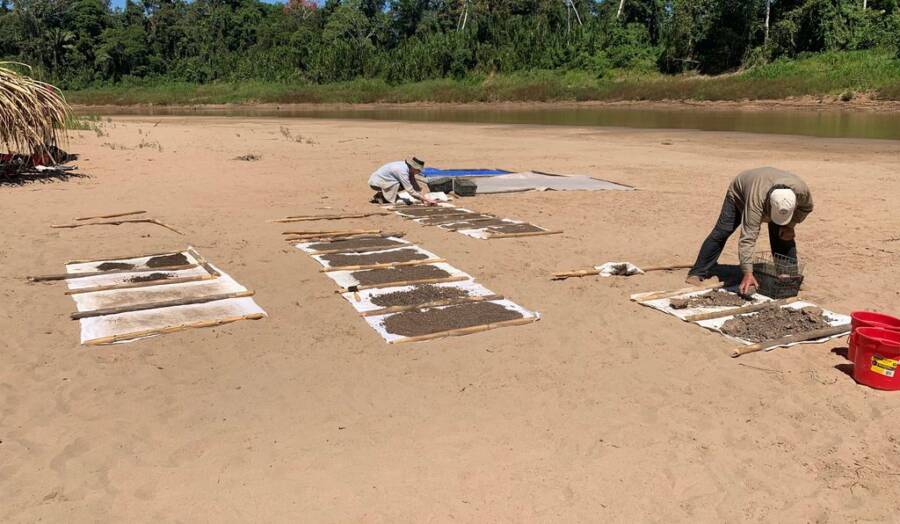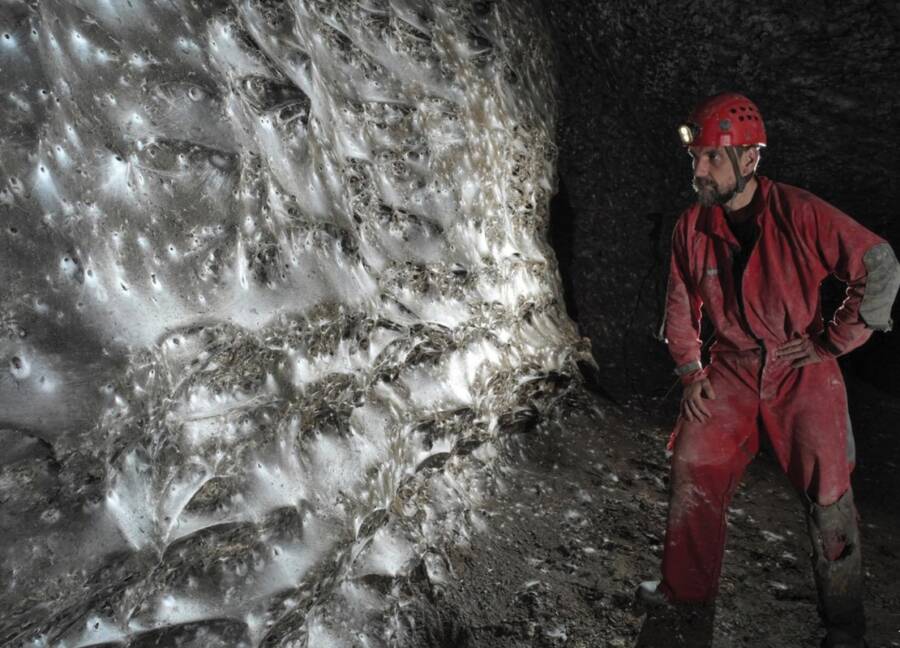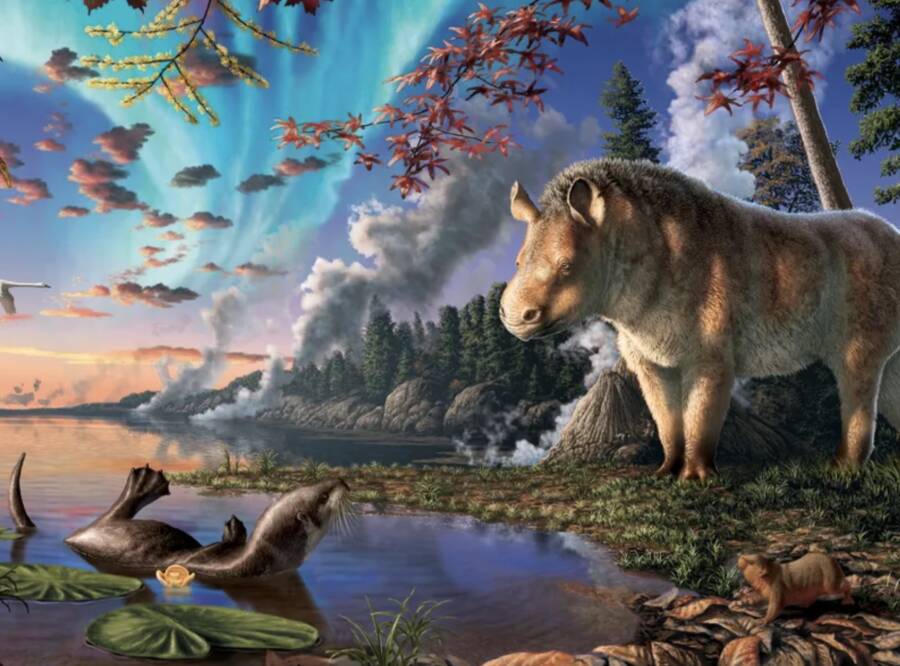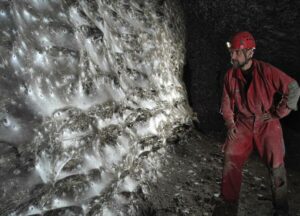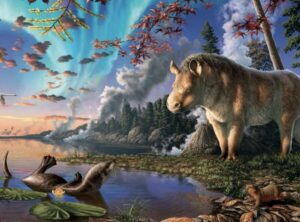“Unveiling an Ancient Mystery: How Monkeys Became the First Adventurers to Cross the Atlantic Over 30 Million Years Ago!”
Nonetheless, this was not a pleasant journey for the animals. Researchers believe there were intense storms at the time, with the monkeys clinging to trees and avoiding the chaos of swirling debris. In the end, these fossils add an invaluable piece of South America’s ancient ecological puzzle.
“The discovery of Ucayalipithecus reveals that, for the last century or so, we have been missing a whole chapter in the chronicle of primate evolution in South America,” said Seiffert.
On top of that, the fossils were discovered way inland of the continent, about 2,400 miles from South America’s eastern coast. That means the parapithecids not only made it across the ocean but thrived once they arrived.
“The implications of this research should be a game-changer in primate biogeography,” said Miller. “I think researchers will become more interested in modeling these events, saying ‘Okay, we know this happens, so under what circumstances might we expect it to occur?’”
After learning about prehistoric monkeys using natural rafts to cross the Atlantic over 30 million years ago, read about monkeys beating out humans in a problem-solving computer game. Then, learn about 10 terrifying prehistoric animals that weren’t dinosaurs.

